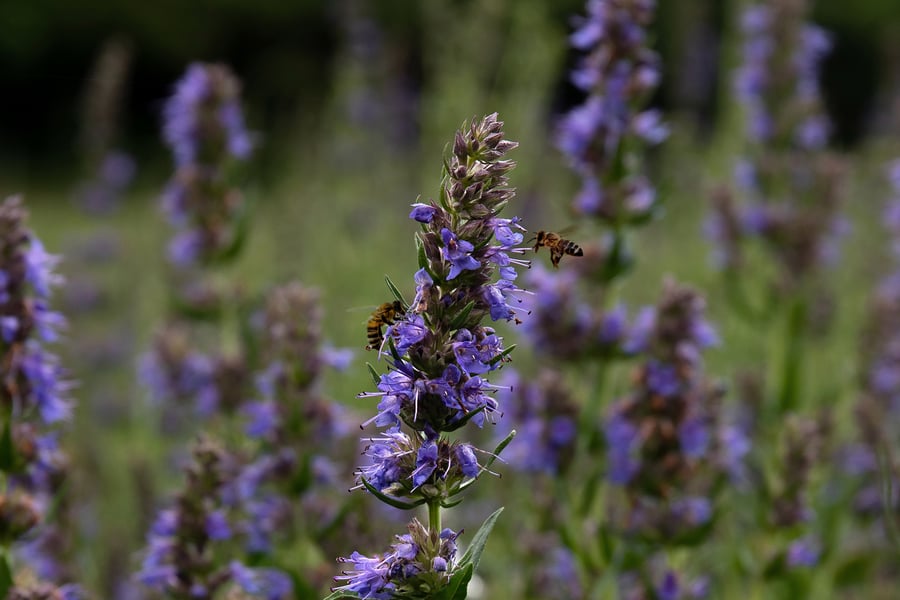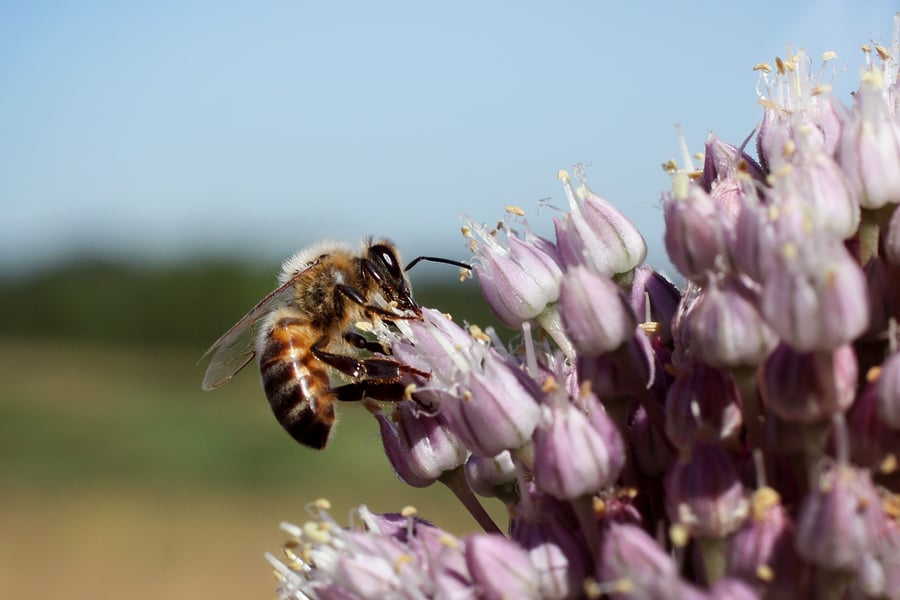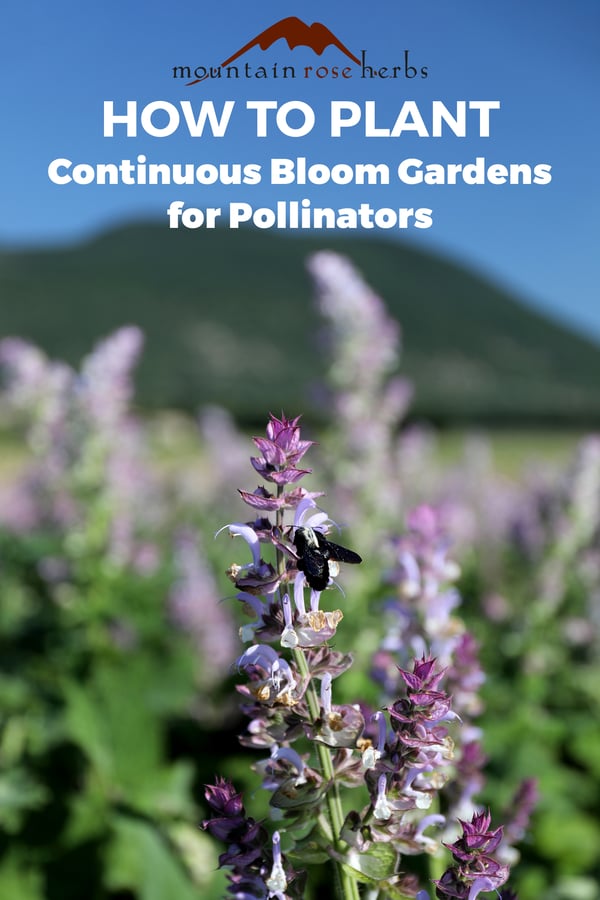As days get shorter and temperatures sink, it’s an ideal time to take a look at your home garden and start thinking about ways you can increase bloom times next growing season. Growing a pollinator-friendly garden is easy and planning ahead can give you plenty of time to ponder which plants you want to introduce next year and think up new, creative ways to increase blooms to feed next year’s hungry pollinators. Early winter is a great time to reflect on which blooms you had in your home garden throughout the past year and identify any times when blooms could have been increased to support more bees.
Future Pollinators Need Our Help Today
As our climate continues to change, bees and other pollinating insects are finding it increasingly difficult to collect enough pollen to survive. Changes to our climate are causing many flowering plants to shift their bloom times each year in response to warmer ground temperatures. This has caused a situation in which the bloom time of some flowers has started earlier than what our native bees and pollinating insects are adapted to. There is a substantial risk that many pollinators may end up out of sync with the plants that they’ve historically pollinated, which can lead to serious consequences for entire ecosystems as some plants don’t get pollinated and the bees are left weakened and hungry.
It’s important for us to remember that flowers and bees have evolved for thousands of years to support each other’s needs. Certain bees are adapted to pollinate certain flowers during both of their active seasons. With a shifting climate and annual temperatures constantly in flux, many of these flowers’ growing seasons are already shifting and it’s still unclear whether our native bees will be able to keep up with this shift. For example, if an overwintering bumblebee wakes up and can’t find a good pollen/nectar source, it’s likely that bee will be less successful in reproducing viable offspring for next year, resulting in a lack of fitness for this bee species.
Pollinators are so much more than beautiful creatures that busily buzz around gardens and natural areas; they move pollen from flower to flower, helping plants reproduce, and ultimately contributing to the integrity and resilience of entire ecosystems. Without pollinators, landscapes would look very dreary, without the diversity of lush plant life many regions rely on.

Planting for Continuous Blooms
One of the things I notice when observing my neighbors’ yards throughout the year is that most home gardeners have plenty of late spring and early summer blooms and less blooms in the early spring and late summer/early fall. The best habitats for bees have flowering plants nearby that are rich in nectar and pollen throughout the growing season. It’s helpful to survey your yard and home garden and note when flowers are most abundant and when they are scarce. After analyzing your bloom times, you can then add pollinator-attractive plants that bloom when you have gaps and create a continuous flow of nectar and pollen from early spring through late fall.
If we want to support our hungry overwintering bees that wake up early in the year, we must branch out and explore a diverse array of pollen-rich flowers with varying bloom times.
Here are some ideas for a range of flowering plants that generally bloom in the early springtime, or when ground temperatures reach approximately 50-55°F.
● Red flowering currant
● Heather
● Snowdrops
● Crocus
● Hellebore
● Pink beauty potentilla
● Chocolate chip carpet bugle
● Declaration lilac
● Grape hyacinth
● Variegated Jacobs ladder
● Trevi fountain lungwort
● Gold heart bleeding heart
● Goldenrod
● Hollyhock (mallow)
● Calendula
● Purple aster
● Coneflower
● Cosmos
● Amaranth
● Helenium
● Sedum
● Zinnias
● Russian sage
● Butterfly bush
● Sunflowers
Save Seeds to Support Stronger Plants
Our future ecosystems are being grown today. Saving the strongest seeds from flowers now can help support healthy flowering plant populations for years to come. It’s also helpful, in the long run, to save seeds from the flowers that bloom the longest to help strengthen genetic diversity and support healthier flowers that will be best adapted to fluctuating growing seasons. You can usually collect a significant amount of seeds from annual flowers and continue to save the earliest blooming seeds and latest blooming seeds. Even if you don’t plant them all yourself, saved seeds make a great gift for fellow gardeners and are often a welcome addition at local seed swaps.
In general, the more kinds of flowers you grow at home, the easier it will be to ensure continuous blooms to feed pollinators throughout the year. Be sure to overlap bloom times between seasons and use a variety of plants that bloom from February to October to provide wild pollinators with continuous forage in your home garden.
Want to Support Beyond Toxics?
Donate through the month of December and
Mountain Rose Herbs will match you dollar for dollar!
You may also be interested in:
- Guide To Saving Herb Seeds!
- Plant Diversity & Natural Pest Solutions For Garden Health
- Protecting Pollinators with Organic Agriculture













